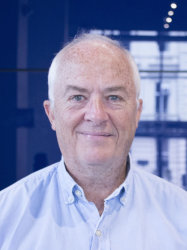BibTex format
@article{Kalkowski:2021:10.1016/j.ultras.2021.106387,
author = {Kalkowski, MK and Lowe, MJS and Barth, M and Rjelka, M and Köhler, B},
doi = {10.1016/j.ultras.2021.106387},
journal = {Ultrasonics},
title = {How does grazing incidence ultrasonic microscopy work? A study based on grain-scale numerical simulations},
url = {http://dx.doi.org/10.1016/j.ultras.2021.106387},
volume = {114},
year = {2021}
}

